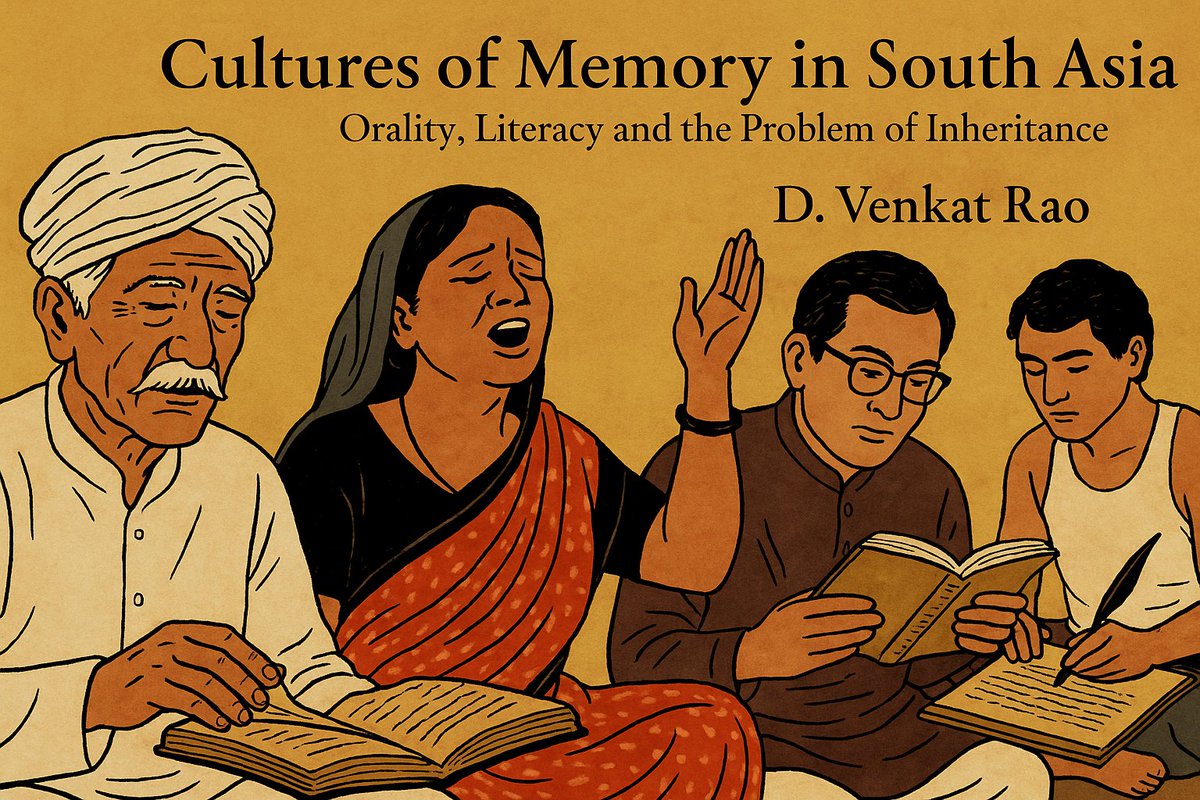Next time when you feel a craving for chips, try Balaji Wafers, instead of any other brands. This is both for their quality of chips, and relatively lower prices.
An incredible story of the Virani brothers from Rajkot, who build a Rs 2,500 crore-plus brand with stubbornness.
An incredible story of the Virani brothers from Rajkot, who build a Rs 2,500 crore-plus brand with stubbornness.

Chandubhai and his brothers Bhikhubhai and Kanubhai migrated from a small Village Dhun Dhoraji, Kalavad Taluka, Jamnagar district of Gujarat. Their father Popatbhai Virani was a farmer, who sold ancestral agriculture land and gave ₹20,000 to them to venture into business.
The Viranis invested in farm equipment, but could not succeed and lost the money. Kakubhai and his brothers started a wafer business from a canteen of Astron cinema in Rajkot in 1974. #BusinessHistory #Dhandho
At Astron Cinema, Chandubhai was dreaming big. Two developments helped him see the larger picture. One, getting the contract to manage the cinema canteen. The second was the popularity of the wafers sold at the theatre, with demand outstripping supply. #BusinessHistory
The brothers started selling various items in the canteen including potato wafers bought from a supplier, who was always late. This spelled disaster at a movie hall! “After changing suppliers three times,” says Chandubhai, “I thought – why not make our own potato wafers?” 

By 1982, the whole family had moved to Rajkot & Ramjibhai had bought a house with a large compound. The Virani brothers decided to make potato chips at their tiny, one-room home. Until 1989, the wafers were produced at the Viranis' house & distributed in and around Rajkot city. 

With some earnings and a bank loan totaling about Rs 50 lakh, in 1989 Chandubhai started a factory at the Aji GIDC area of Rajkot, and it was then Gujarat’s biggest potato wafer plant.
But the new machinery installed was an unpleasant surprise – it never worked.
But the new machinery installed was an unpleasant surprise – it never worked.

Finally, they studied the machines and repaired them themselves.
The business gained momentum with the company Balaji Wafers Private Limited being formed in 1992, with three directors – the brothers Bhikhubhai, Chandubhai, and Kanubhai.
The business gained momentum with the company Balaji Wafers Private Limited being formed in 1992, with three directors – the brothers Bhikhubhai, Chandubhai, and Kanubhai.
As one enters the premises of Balaji Wafers Private Limited in the village of Vajdi (Vad) around 20 km from Rajkot, a small Balaji temple in the forefront of the 50-acre factory area, is proof of the faith the owners have in Lord Balaji, from where the brand name ‘Balaji' came.
They put up a grand, spirited fight against the competition by focusing on quality, distribution, price, and service.
In terms of footprint, the first priority was to build ‘Fortress Balaji’ in Gujarat, Rajasthan, Maharashtra, and Madhya Pradesh.
In terms of footprint, the first priority was to build ‘Fortress Balaji’ in Gujarat, Rajasthan, Maharashtra, and Madhya Pradesh.

Balaji now has a distribution network across India and can’t supply to the new regions from the four plants it has across Gujarat and Madhya Pradesh. So, a new plant is coming up in Uttar Pradesh. Next would be Delhi-NCR, South and East India. 



Balaji's share of the local potato and vegetable chips market grew to 13.7% in 2012, from 9.5% in 2008, according to Euromonitor. Balaji also dominates in the western market with a share of 71%. In its home state Gujarat, it has a share of 90%. #BusinessHistory
Balaji Wafers is now a private giant standing tall with 6000 employees, 2000 suppliers all over the country, over 1000 dealers, and over a million retailers dangling the long strips of over 40 different Balaji products. 

• • •
Missing some Tweet in this thread? You can try to
force a refresh









